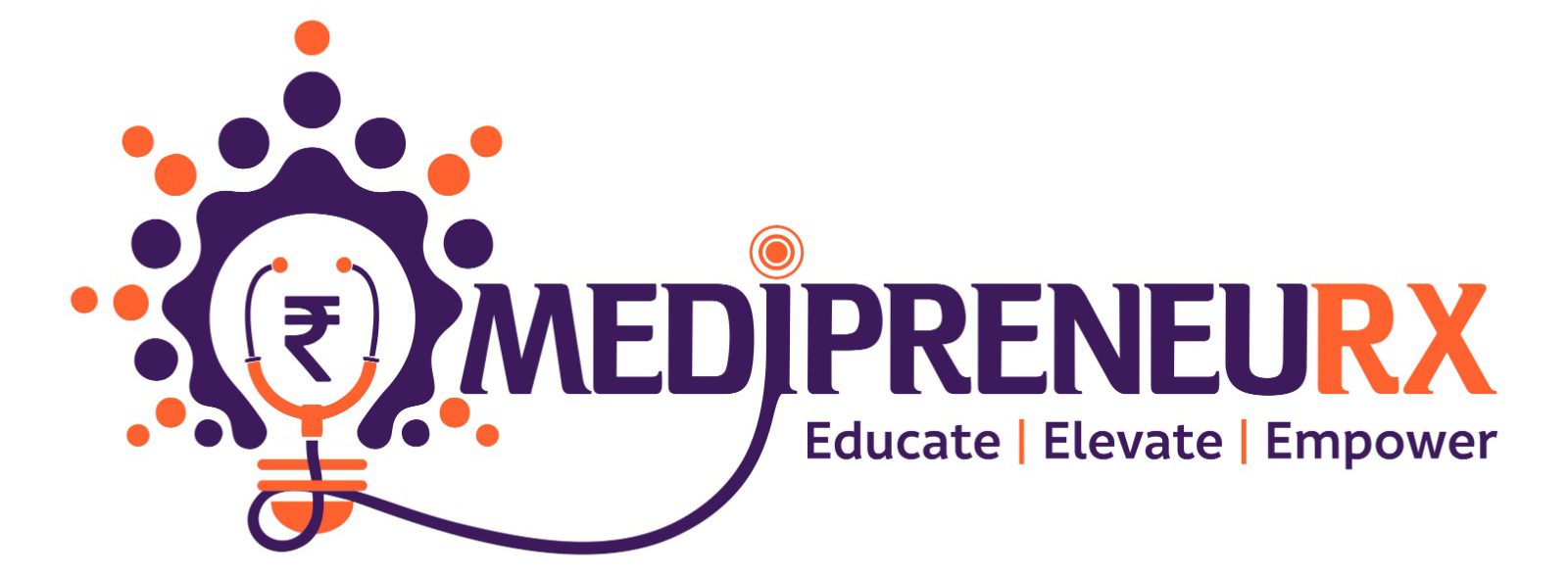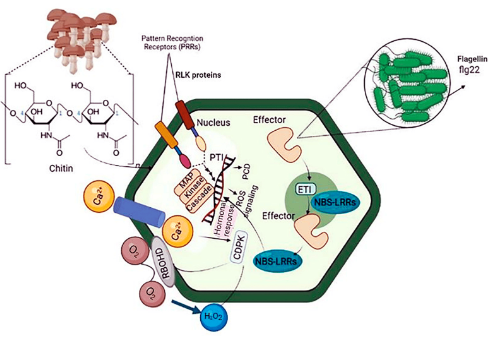The Health Impact of High Salt Intake
Excessive salt consumption is closely linked to hypertension and cardiovascular diseases (CVD), making it a critical public health concern. A recent study published in Hypertension Research highlights Japan’s extensive efforts to lower salt intake as a means to prevent CVD and curb rising healthcare costs. Researchers emphasize that even a small reduction, such as one teaspoon less per day, could significantly protect heart health.
Decades of Progress in Salt Reduction
Japan has been addressing salt intake issues since the 1950s, with its reduction initiatives estimated to have prevented 298,000 deaths in men and 118,000 in women. However, despite progress, salt consumption levels remain high. The average daily intake dropped from 13.9 grams in 1995 to 10.1 grams in 2019, yet it still far exceeds the World Health Organization’s (WHO) recommended limit of 5 grams per day. Regional disparities exist, with northern regions consuming more salt than the southern ones.
Unlike Western countries, where processed foods contribute most of the sodium intake, over half of Japan’s dietary salt comes from discretionary sources, such as soy sauce, miso, and salted fish. These traditional seasonings account for nearly 66% of total salt consumption. However, younger generations are shifting towards processed and restaurant foods, creating new challenges in sodium reduction efforts.
Japan’s Policy Approach to Salt Reduction
To combat the issue, Japan has been implementing dietary guidelines and regulatory measures. In 2000, national recommendations set the daily salt limit at 10 grams, later lowering it to 7 grams by 2032 under the Health Japan 21 program. The Japanese Society of Hypertension (JSH) has also been actively promoting lower sodium intake, advising hypertensive individuals to consume less than 6 grams daily.
The WHO has played a crucial role in guiding global salt reduction strategies. Since 2002, it has advocated for limiting sodium intake, with key milestones such as the 2004 Global Strategy on Diet and Health and the 2013 Global Action Plan on Noncommunicable Diseases. These efforts led to the introduction of sodium monitoring tools, including a global sodium scorecard. In 2024, Japan ranked at Level 3 due to its mandatory sodium labeling and school lunch regulations, but it still lags behind countries like Spain and Mexico, which have stricter food industry regulations.
Collaboration with the Food Industry
In addition to government policies, industry cooperation has played a significant role in Japan’s sodium reduction initiatives. Since 2013, the JSH has collaborated with food manufacturers to promote low-sodium products. By 2024, a total of 108 low-sodium products had been approved, collectively reducing 9,678 tons of salt in the national diet over the past decade.
Recognizing the broader impact of food availability, Japan introduced new initiatives in 2022 to create a sustainable and health-conscious food environment. These programs encourage reformulating food products, setting voluntary salt reduction targets, and supporting businesses in reducing sodium content. The WHO has recognized Japan’s efforts as part of 95 global multisectoral initiatives aiming to tackle excessive sodium consumption.
Economic and Health Benefits of Salt Reduction
Beyond improving public health, reducing salt intake is also an economic priority. With 29% of Japan’s population aged 65 or older, CVD-related healthcare expenses account for 19% of total healthcare spending and 24% among older patients. Researchers developed simulation models to assess the potential economic benefits of salt reduction strategies.
One model estimated that achieving national salt reduction targets could decrease CVD cases by 1–3% and cut related healthcare expenses by up to 2% over a decade. Historical analysis further suggests that past efforts have already prevented thousands of deaths. These findings reinforce the importance of continued efforts to lower sodium consumption, not only for individual health benefits but also to reduce the financial burden on Japan’s healthcare system.
Moving Towards a Healthier Future
Japan’s evolving approach to salt reduction highlights a shift from relying solely on individual behavior changes to fostering an environment where healthier choices are more accessible. While progress has been made, further regulatory action and industry cooperation are needed to meet global sodium reduction targets. The nation’s efforts serve as a model for balancing public health objectives with cultural dietary practices, paving the way for long-term health improvements.







